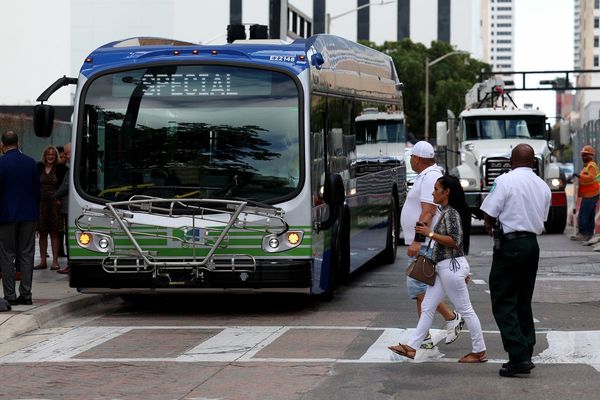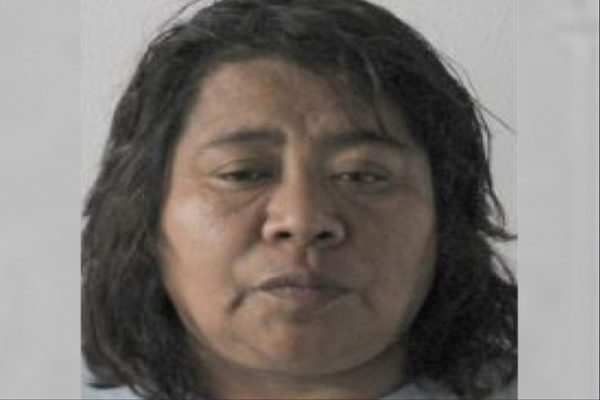At its heart, Bloody Sunday was a devastating personal tragedy involving the deaths of 13 men and boys, six of whom were only 17 years old. The victims were taking part in a civil rights protest march against internment. In 30 minutes, 21 soldiers from the British Army’s parachute regiment fired 108 live rounds into the crowd. What followed in 1972 was a serious escalation of violence and the bloodiest year of the Troubles.
On January 30, a family member of each man killed on Bloody Sunday will retrace the route followed 50 years earlier. Each person will be a physical reminder, not only of the lives ended that day, but also of the lives imprinted with grief as a result.
Commemorations are forms of communication, conveying values and ideas through events from history. They allow us to gather the shattered parts of a past event and order them into a ritual of remembering. The annual repetition and choreography of iconic events provides a sense of continuity, but with each iteration the meaning changes and adapts.
Building on previous demonstrations and anniversaries, commemorative events are an ongoing, multilayered negotiation with the present, using the past. They are also a way of asserting a particular historical narrative. When commemorations are “official” or state-run, they can underline the state’s legitimacy and authority. They also provide an opportunity for those who oppose the state or its politicians to demonstrate their resistance.
At the heart of major commemorations of traumatic events is the tension between resurgence and sadness. This is especially acute during 50th and other milestone anniversaries, which often mark the point where an event changes from something in living memory to something less personal and more universal.
The most notable 50th anniversary in Ireland was that of the 1916 Easter Rising, marked by elaborate pageantry and an extensive programme of cultural, religious and sporting events.
But the relatives of the Easter leaders, who were always the primary invitees at commemorative events previously, could not be relied upon to align their views with those of the state. As a result, they were not included in drawing up the anniversary programme in 1966. However, the blood or marriage line held a potentially powerful challenge to politicians who claimed to act in the name of those who had died.
Commemorating Bloody Sunday
The 50th anniversary of Bloody Sunday will be a very different event to that of the Easter Rising. It is not organised by the state and will not have the same pageantry and scale. It is also deeply personal – it has been organised by and with the inclusion of the relatives of those who died. Their refusal to accept the “official” version of events, and efforts to reclaim the historical narrative, are central to the anniversary.
Bloody Sunday was a turning point not only because of the loss of innocent lives, but because of the blatant creation of an “establishment” truth that conflicted with what witnesses saw and experienced.
The official British army position was that soldiers responded to gunfire and nail bomb attacks coming from the crowd. Those on the march disputed this, saying soldiers opened fire on unarmed civilians. The first official report into the events on Bloody Sunday, overseen by Lord Chief Justice Lord Widgery and published 11 weeks after the killings, endorsed the military’s version, largely clearing British soldiers and authorities of blame.
Commemorations of Bloody Sunday are in part an expression of the personal and collective trauma of seeing forces of the state open fire on ordinary citizens. Memories of a traumatic event are fragmented – it is difficult for individuals to reassemble something so overwhelming. The events on Bloody Sunday were witnessed by hundreds of people, who have collectively pieced together the fragments of their memories over the years. The relatives of the victims embody the toll it takes to challenge authority and the almost unbearable burden of holding on to the truth.
The theme of the 50th anniversary programme, One World One Struggle, suggests that Bloody Sunday is now seen as a global event, with an emphasis on equality and human rights. In 2020, the Museum of Free Derry (established by the Bloody Sunday Trust) hosted the first exhibition in Northern Ireland about the campaign for LGBTQ+ rights in Northern Ireland. These are both indications of how the memory of Bloody Sunday will be used to support broader conversations around discrimination and the fight for civil rights.
As the years go on, Bloody Sunday is evolving from an event still in living memory to one that is more abstract and emblematic. When the presence of eyewitnesses and immediate family members is no longer possible, the symbolic meaning of Bloody Sunday will become increasingly important, as will the reorientation of focus from the past to the future.
What did you think of this article?
Great | Good | Meh | Weak
Roisín Higgins currently receives funding from the Leverhulme Trust. She is a member of the British Labour Party.
This article was originally published on The Conversation. Read the original article.







